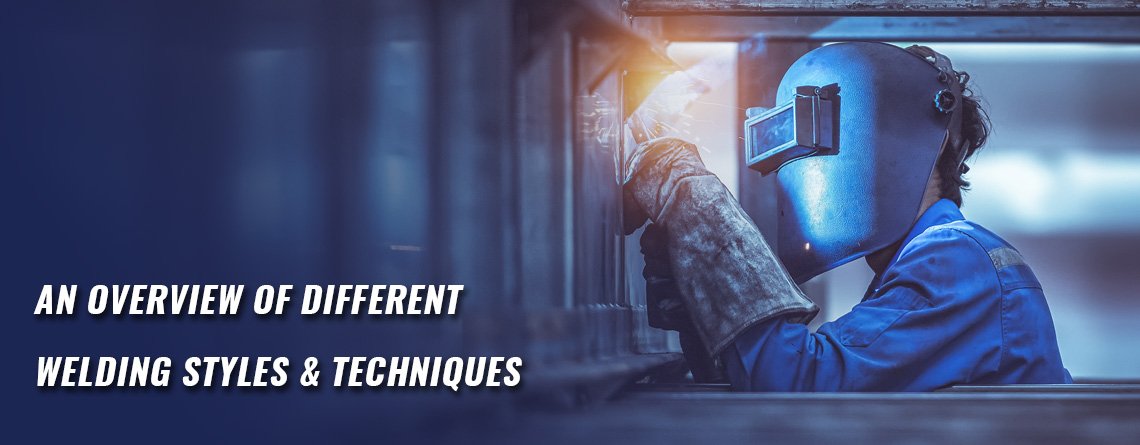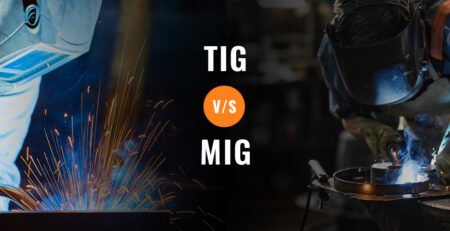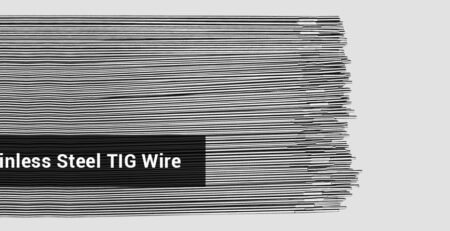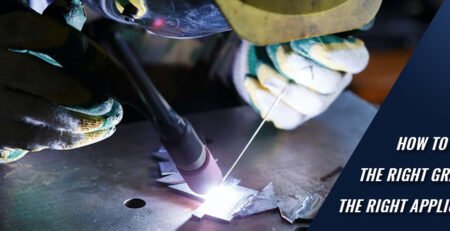The Basic Guide To The Many Welding Styles And Processes
Welding is one of the earliest forms of tool construction, done without many favourable approaches in the past, but as time went by, we progressed, enhancing many styles and techniques. It already has a variety of styles, the most popular of which are:
1) Gas Metal Arc Welding :
It is abbreviated as GMAC or MIG as it is also referred to as Metal inert gas. This technique has electrodes made up of thin wires, its working process includes heating up of wire when fed in a welding instrument and brought to the welding site. To protect the weld from dust and particles present in the air shielding gas is used.
Carbon dioxide, Oxygen, Argon, or Helium is used as shielding gas. This style is mostly used in the construction and automotive industries.
2) Shielded Metal Arc Welding :
It is abbreviated as SMAW. It is also known as stick welding, it is more of a manual technique that uses consumable electrodes coated in flux, as the electrode used is in the form of stick the name stick welding is used most of the time informally.
Unlike GMAC, it doesn’t need shielding gas and one need not worry about dust in the air as this welding procedure can be performed anywhere in or out in a shelter. The production by this technique is less durable compared to others. However, it is also a low-cost process and requires less equipment.
3) Flux Cored Arc Welding :
Abbreviated as FCAW, this technique includes part of GMAC and SMAW both. It uses a continuous wire feed process similar to GMAC and can be used anywhere in or out in the shelter as in SMAW. This technique can be done through shielding gases and shielding agents.
The cost of production is not expensive and is a popular style on construction sites as it is easier to learn. This technique also provides high welding speed and portability.
4) Gas Tungsten Arc Welding :
Abbreviated as GTAW or TIG, it is also called Tungsten Inert Gas. This technique works with welding thin and non-ferrous metals together, used mostly for bicycle or aircraft manufacturing. It needs Noble gases for external gas supply, even though it uses a non-consumable tungsten electrode for production.
This technique is one of the most crafty compared to others, and it’s not easy to learn. However, the result of production is stronger than in others
5) Laser Beam Welding :
It’s abbreviated as LBW, and it’s one of the simplest methods of welding, involving the use of a laser to melt and produce a junction on the target area to be welded.
It is mostly employed in the electrical equipment and automobile industries. This method produces more durable products and may be applied to larger materials. It has limitations in terms of cost, as it requires a lot of maintenance and the equipment is expensive.
Many different procedures are employed in daily manufacturing depending on the need, accessible resources, and production cost. The strategies indicated above are the most regularly utilised and readily available, making them desirable. Finally, welding is the technique of combining two or more materials, or even a single material, to make another piece of equipment or tool.











